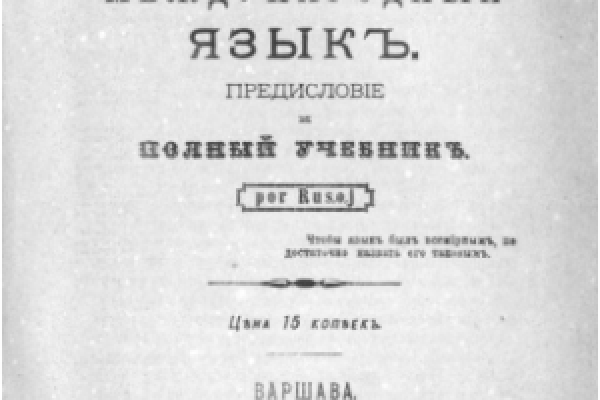
Learn Survival Esperanto
Wikitravel users have collectively created a free Esperanto phrasebook with the goal of making it possible for travelers to "get by" in Esperanto, the most-spoken constructed international auxiliary language.
Wikitravel phrasebooks are available in many languages and each one varies in depth and detail. Most of the phrasebooks include a pronunciation guide, a general phrase list, information about dates and numbers, a color list, transportation-related phrases, vocabulary for shopping and phrases for eating and drinking. Some are even more in depth, and all are free!
From Website
Esperanto is the most widely spoken constructed international auxiliary language. Its name derives from Doktoro Esperanto (Esperanto translates as - one who hopes), the pseudonym under which L. L. Zamenhof published the first book detailing Esperanto, the Unua Libro, in 1887. Zamenhof's goal was to create an easy-to-learn and politically neutral language that would foster peace and international understanding between people with different regional and/or national languages.
Estimates of Esperanto speakers range from 10,000 to two million active or fluent speakers. Esperanto has native speakers, that is, people who learned Esperanto from their parents as one of their native languages. Esperanto is spoken in about 115 countries. Usage is particularly high in Europe, eastern Asia and North & South America. The first World Congress of Esperanto was organized in France in 1905. Since then congresses have been held in various countries every year with the exception of years in which there were world wars. Although no country has adopted Esperanto officially, Esperanto was recommended by the French Academy of Sciences in 1921 and was recognized by UNESCO in 1954. In 2007 Esperanto was the 32nd language that adhered to the "Common European Framework of Reference for Languages: Learning, Teaching, Assessment (CEFR)". When counting Wikipedia articles, Esperanto is the 26th language. Worldwide, there are 6,912 recognized languages. Esperanto is currently the language of instruction of the International Academy of Sciences in San Marino. There is evidence that learning Esperanto may provide a superior foundation for learning languages in general, and some primary schools teach it as preparation for learning other foreign languages.
Esperanto is written in a Latin alphabet of twenty-eight letters, with upper and lower case. This is supplemented by punctuation marks and by various logograms, such as the numerals 0–9, currency signs such as $, and mathematical symbols.
The famous constructed language Esperanto first appeared in Russian Poland in 1887, the product of a Polish-Jewish opthalmologist and amateur linguist, Dr. Ludwig Lazarus Zamenhof. Dr. Zamenhof hoped that the worldwide adoption of a neutral international language would ease ethnic tensions and enable people of widely differing backgrounds to communicate with each other. The name of the language means "one who hopes." Esperanto is not officially aligned with any particular country or ethnic group; indeed, one can find Esperanto speakers in well over 100 countries around the world. Pasporta Servo, a hospitality service for Esperanto speakers, includes more than 1,300 addresses in almost ninety different countries.